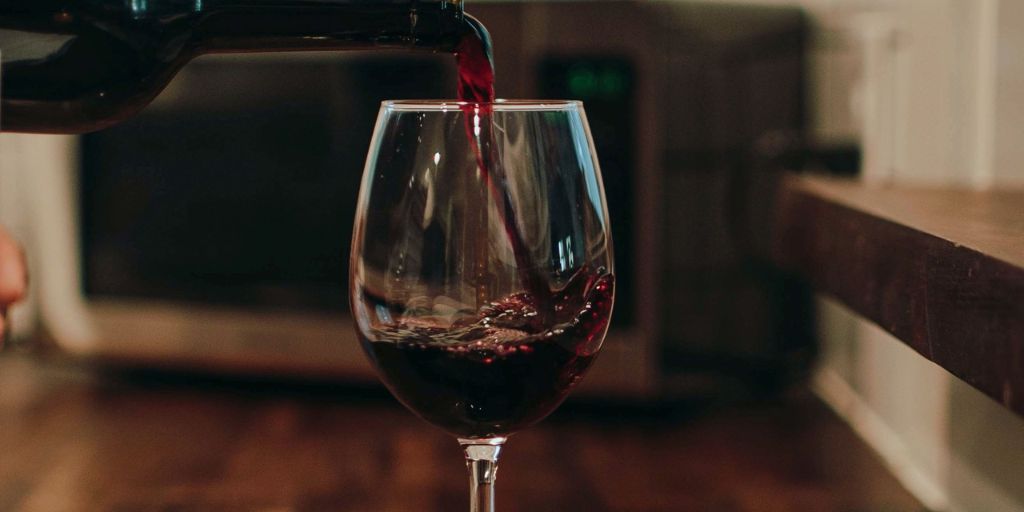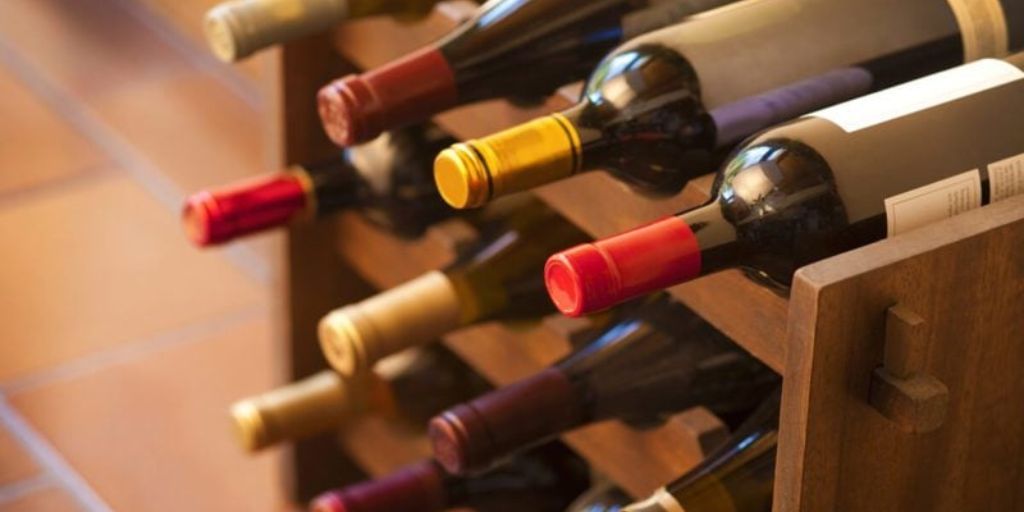Whether you’re an occasional wine drinker or a passionate connoisseur, storing your wine properly is essential to preserve its flavor, aroma, and quality. If you don’t have a wine cellar or professional wine storage, fear not! Storing wine at home is still possible with a few key tips and tricks that ensure your bottles age gracefully.
Improper storage can lead to spoiled wine, flat flavors, or accelerated aging that may not suit your taste. In this article, we’ll walk you through the best practices for storing wine at home, whether you have a dedicated wine fridge or just some space in your kitchen.
1. Keep Wine in a Cool, Consistent Temperature
The temperature at which wine is stored is crucial for its aging process. If the wine is stored in conditions that are too hot or too cold, its chemical reactions can accelerate or slow down, resulting in a compromised flavor profile.
Ideal Temperature Range
The optimal temperature for wine storage is between 45°F and 65°F (7°C to 18°C). Most wine experts agree that the sweet spot is around 55°F (13°C), as this allows the wine to age slowly and maintain its integrity.
Avoid Extreme Temperatures
It’s important to avoid storing wine in places with extreme temperature fluctuations. For example, kitchens, garages, and attics may experience large temperature changes throughout the day, which could harm your wine.
Wine stored at temperatures above 70°F (21°C) can age prematurely and cause the cork to dry out, letting air into the bottle. On the flip side, storing wine in places that are too cold can slow its aging process or cause the wine to freeze, which can damage the bottle.
2. Store Wine on Its Side
When storing wine bottles, it’s essential to store them horizontally. This keeps the cork in constant contact with the wine, preventing it from drying out and allowing air to seep in. A dry cork is one of the biggest risks for wine spoilage, as it can cause oxidation and spoil the wine.
Why Horizontal Storage Works
Wine bottles are traditionally stored on their side because this position keeps the cork moist. The moisture from the wine helps to create a seal, ensuring that the cork doesn’t shrink and allow air to enter the bottle. If the cork dries out, oxygen can enter, causing the wine to oxidize and spoil.
For wines with screw caps or synthetic corks, storing them upright isn’t as much of an issue, but horizontal storage still works best for overall consistency.
3. Keep Wine Away from Light
Exposure to light, especially UV rays, can cause a wine to “skunk,” leading to unpleasant aromas and flavors. This is why wine bottles are typically made with dark glass, as it helps protect the wine from light exposure.
Avoid Direct Sunlight
Wine should be stored in a dark place or in containers that block light. Direct sunlight or fluorescent lighting can significantly affect the quality of the wine, especially white wines and delicate reds. If you don’t have a dark space available, consider using a wine fridge or storing your bottles in a box or cabinet.
UV Protection
Even if your wine bottles are stored in a dark area, it’s still important to avoid prolonged exposure to artificial light. If you’re displaying wine in a glass-fronted wine rack or fridge, make sure it has UV-protective glass. This is especially important for high-quality or aged wines, as light exposure can degrade their value and taste.
4. Maintain Humidity Levels
Humidity plays an important role in wine storage, particularly when it comes to preserving the cork. If the air is too dry, the cork can shrink, leading to the issues mentioned earlier with oxygen seeping into the bottle. On the other hand, too much humidity can promote mold growth on the cork or labels.
Ideal Humidity Range
The ideal humidity level for wine storage is between 50% and 80%. This range keeps the corks moist enough to maintain their seal but prevents mold from forming.
How to Control Humidity
If you don’t have a wine fridge with humidity control, you can try placing a shallow pan of water near the bottles in a storage area or invest in a small humidifier to maintain a consistent moisture level. Just be sure that the humidity is not too high, as it can lead to problems like mold growth or label degradation.
5. Store Wine in a Stable Environment
Wine does not do well with vibrations, as constant movement can disturb the sediments inside the bottle and interfere with the aging process. For the best storage, it’s important to keep your wine in a stable environment where it isn’t exposed to frequent shaking or vibrations.
Avoid Vibrations
If you have a wine fridge or cellar, you’ll be in the best possible position for this. But if you’re storing wine on a regular shelf or a wine rack, avoid places where the bottles could be jostled regularly—such as near appliances that vibrate, like a washing machine or refrigerator.
6. Consider Using a Wine Fridge
A wine fridge is an ideal option for those who want to store wine at home and don’t have a cool, dark, and stable cellar. Wine fridges are specifically designed to maintain a steady temperature and humidity level, offering the perfect environment for wine storage.
Benefits of a Wine Fridge
Wine fridges are great because they come with features that help maintain the ideal conditions for both short-term and long-term storage. They are often equipped with temperature controls, humidity regulation, and UV-protected glass doors, which can preserve your wine better than a regular refrigerator.

Additionally, wine fridges come in a variety of sizes and designs, allowing you to choose one that fits your needs and space. If you’re a wine enthusiast or plan to store wine for several years, investing in a wine fridge is a smart choice.
7. Don’t Store Wine in Your Regular Refrigerator
While refrigerators are great for keeping perishable food items fresh, they are not designed for wine storage. The cold and dry conditions of a standard fridge can cause the cork to dry out and lead to unfavorable aging conditions for your wine.
Why It’s Best to Avoid
Refrigerators are typically much colder than the ideal wine storage temperature, and the lack of humidity can dry out the cork. If you must store wine in a refrigerator temporarily, make sure it’s only for short periods and not long-term storage.
8. Aging Wine at Home
Not all wines are meant to be aged. Most wines are best consumed within a few years of purchase. However, if you have higher-end bottles that you’d like to age, follow the tips above to provide a stable environment for the wine to mature over time.
Wine That Ages Well
Some wines, such as Cabernet Sauvignon, Bordeaux, and Port, are great for aging and can improve with time when stored properly. If you’re new to aging wine, consider consulting a wine expert or retailer about which wines are worth aging and for how long.
Conclusion: Storing Wine for Longevity and Flavor
Storing wine properly is essential if you want to enjoy its full flavor potential and preserve its quality. Whether you’re storing wine short-term or long-term, remember to keep it in a cool, consistent temperature, away from light and vibrations. Storing your wine on its side, in a dark, stable environment, and maintaining appropriate humidity are all essential practices.
For those who are serious about wine storage, investing in a wine fridge may be the best option. However, with careful attention to the environment, you can store wine effectively at home, ensuring that each bottle is ready for enjoyment when the time comes.


